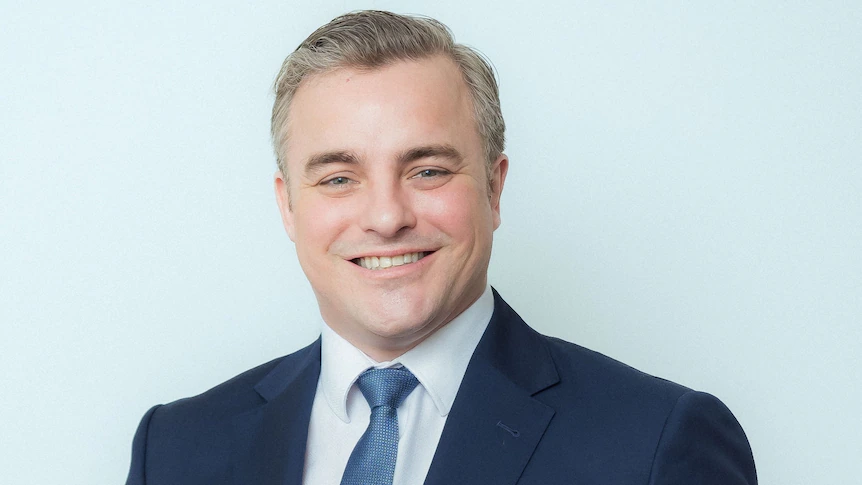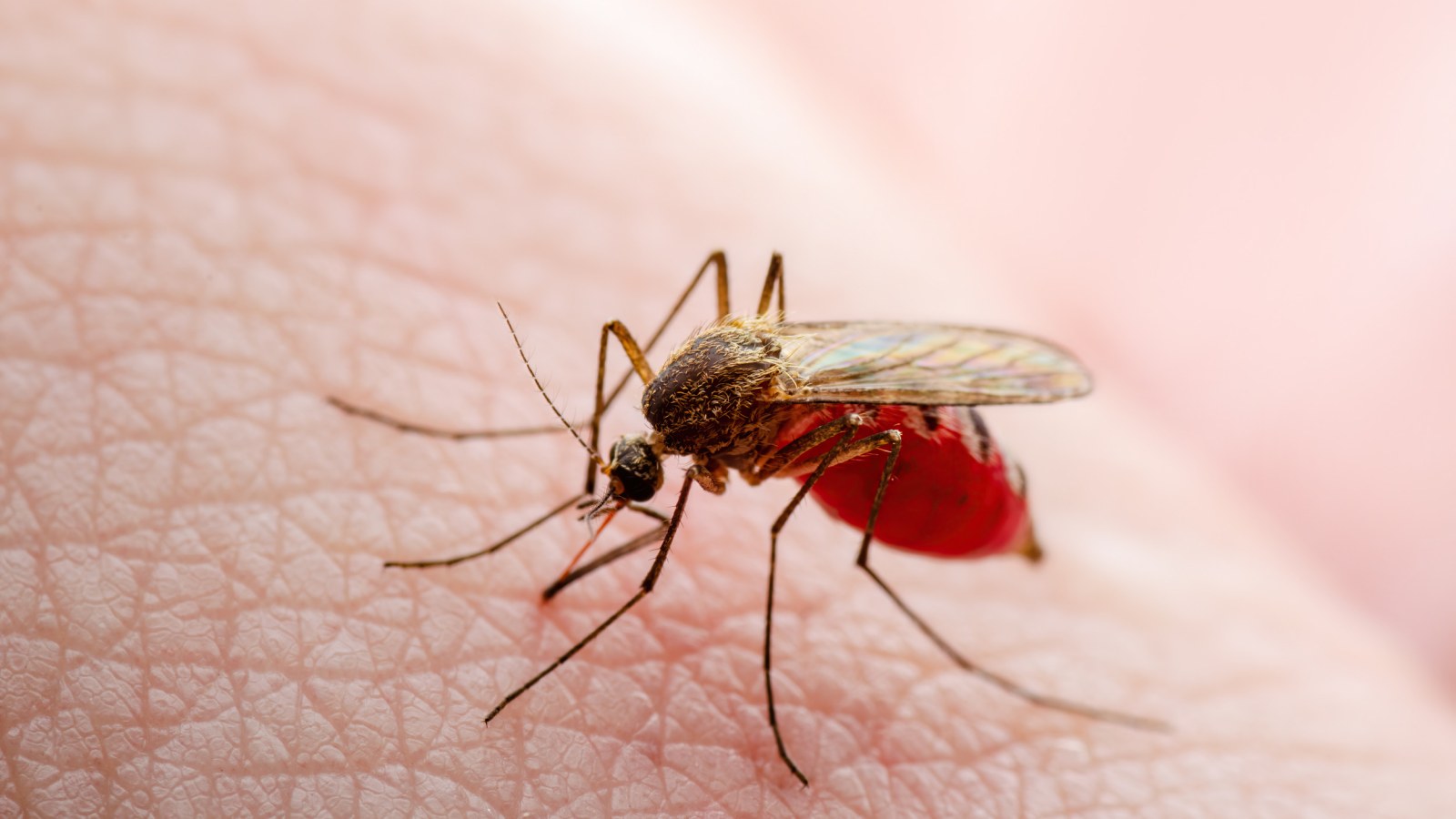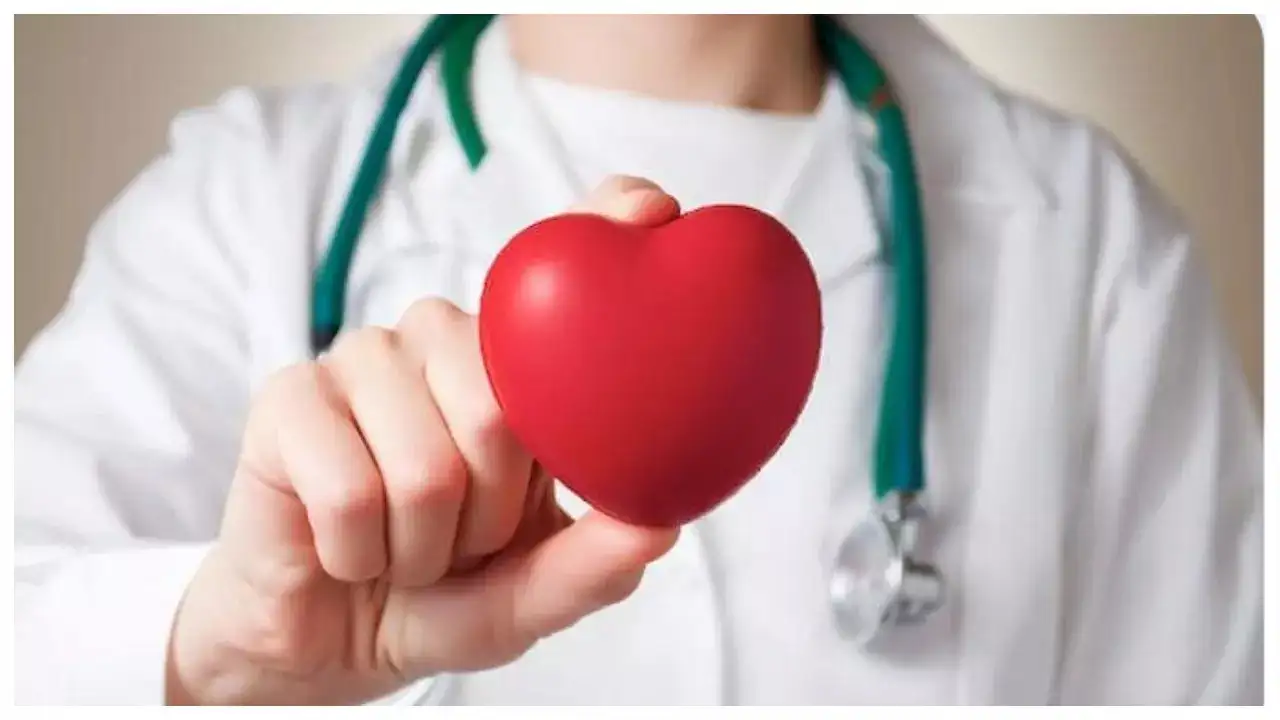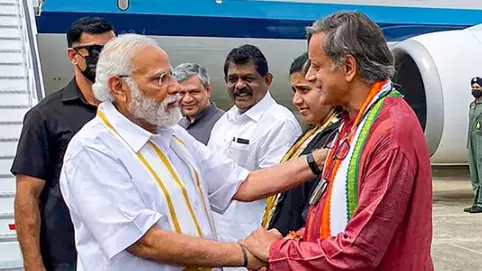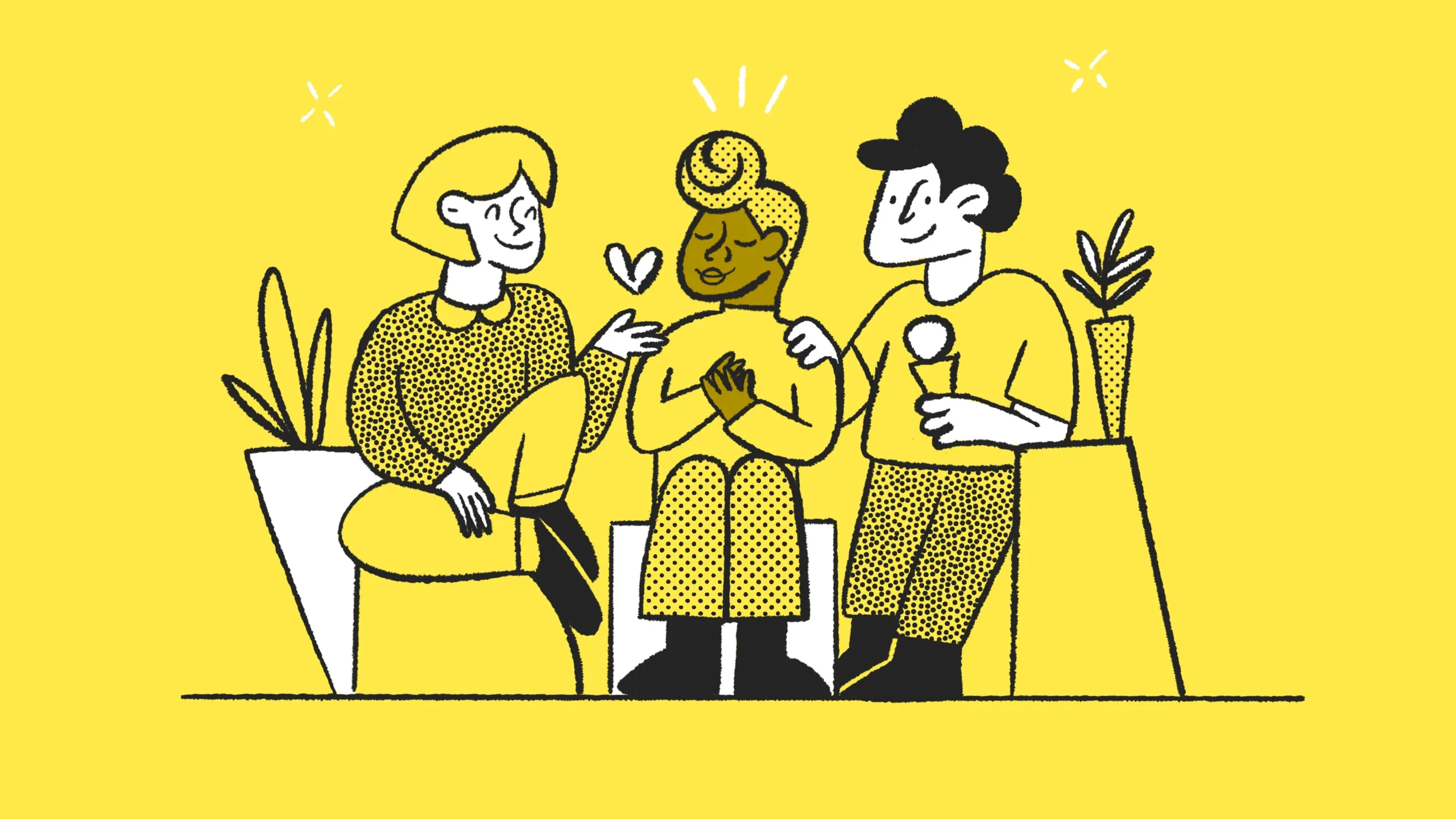
Amaya Matos was 19 years old when she was diagnosed with acute myeloid leukemia. She’d just graduated high school, but instead of heading off to college or hanging out with friends, she spent much of her time sitting in a hospital bed, scrolling on her phone.
Getting treatment for cancer can be extremely isolating: physically, especially when you’re inpatient and at constant risk of infection; and mentally, because no one else in your life fully understands what you’re going through.
Now 25, Matos is approaching five years of remission, but she’s still managing complications. A stem cell transplant triggered graft versus host disease, a condition in which donated stem cells attack the patient’s own body. Chronic graft versus host disease is rare, and navigating it can be just as lonely.
But today, Matos has a way of connecting with others going through the same thing: an app called CancerBuddy. It connects patients, survivors, and caregivers through an array of filters like diagnosis, age, and gender identity. Users can swipe through CancerBuddy like a dating app to match and talk with others, and the app also has topic-based groups—there’s one for young adults, one around nutrition, and even one for graft versus host disease.
“Without this, I don’t know where I would be in my survivorship journey, because I don’t know who I would have leaned on that would have really gotten it,” Matos says. Before doctor’s appointments, she often checks the group to see what others have shared. “It allows me to feel like I can advocate for myself,” she says. “I’m allowed to ask questions. I’m allowed to ask for more elaboration.”
‘Why not use this to connect patients?’
The app, developed by the Bone Marrow & Cancer Foundation, launched in beta in 2022 and has recently begun rolling out to hospitals.
Christina Merrill, founder and CEO of the Bone Marrow & Cancer Foundation, created CancerBuddy after decades of working directly with cancer patients. “I’ve always been a big proponent of connecting patient to patient, survivor to survivor, caregiver to caregiver,” she says. Yet hospitals and advocacy groups often struggle to make those connections.
For years, the foundation facilitated introductions manually through its website. That approach was hard to scale and complicated by HIPAA (Health Insurance Portability and Accountability Act) rules, since it required patient consent before sharing any information about diagnoses. (CancerBuddy is private and doesn’t share information; it’s also free.)
Some hospitals have peer programs and support groups too, but then the COVID-19 pandemic prevented people from gathering in person. Sometimes people also travel far for care, so they can’t easily come back to a facility for such a group. Hospital staff like nurses or social workers (which Merrill was for years) are often too overworked to connect patients.
Inspiration struck as Merrill returned to the dating world after a divorce. She began swiping on dating apps, and thought, “This technology is incredible. Why not use this to connect patients?” She worked with design agency Frog to build the CancerBuddy app, equipping it with “all these different filters so patients could find, really, the perfect match.”
advertisement
Connecting cancer patients by their commonalities is crucial, Merrill says. “A patient sitting in a hospital with colorectal cancer who is 20 years old, it’s very hard for them to relate to somebody that has colorectal cancer who’s in their 60s or 70s. They want to meet somebody else that is their age and where they are in their life,” she says.
The same applies to diagnosis; someone with breast cancer undergoes different treatments than someone with leukemia. “They can’t feel the support they would if they meet someone with the exact same diagnosis,” Merrill says.
Cancer survivors, too, face their own unique experiences, including a lot of uncertainty. “Are they going to relapse? What can they do or not do in terms of activities post treatment?” Merrill says. Cancer survivors commonly experience anxiety and depression. “They’re supposed to be relieved that they’re cancer free. But instead, they’re worried about the future, so they can relate to others that are going through that, and really get that support that they need.”
‘You feel less lonely’
Then there are the caregivers. Matos’s mom filled that role, driving her to treatments and even donating stem cells. “When she got on the app as a caregiver, she [had been] down the rabbit hole of, ‘why is this happening to my kid? It doesn’t even run in our family,’” Matos said. On CancerBuddy, she found other caregivers asking the same questions and wrestling with the same emotions. “It just makes you take a step back and think, we’re all in this together. We can continue to be in it together and share highs and lows.”
Research consistently shows that social support boosts cancer patients’ emotional wellbeing and overall quality of life. Peer connection reduces loneliness, improves mental health, and can even affect survival: one study found that cancer survivors who reported higher levels of loneliness were 67% more likely to die than those with stronger social ties.
And the need for connection is only growing. In the coming year, experts project that new first-time cases of cancer in the U.S. will surpass 2 million. That’s nearly 5,500 new diagnoses every day.
Some patients and survivors turn to public Facebook groups, but those are open to anyone, aren’t run by cancer organizations, and lack moderation, Merrill notes. CancerBuddy, by contrast, is moderated by her team.
In one case, a teenager newly diagnosed with lymphoma posted in the “adolescents and young adult” group, saying he was questioning his life. Merrill was quickly alerted and able to check in. Within minutes, others in the group also began messaging him. He’s still a member today.
CancerBuddy remains small, with about 6,000 patients and survivors currently using it, but Merrill says the numbers grow every week. For many, the impact is already clear. As Matos puts it: “You feel less lonely. You really do. And I think that that’s a huge thing when you’re going through something.”
